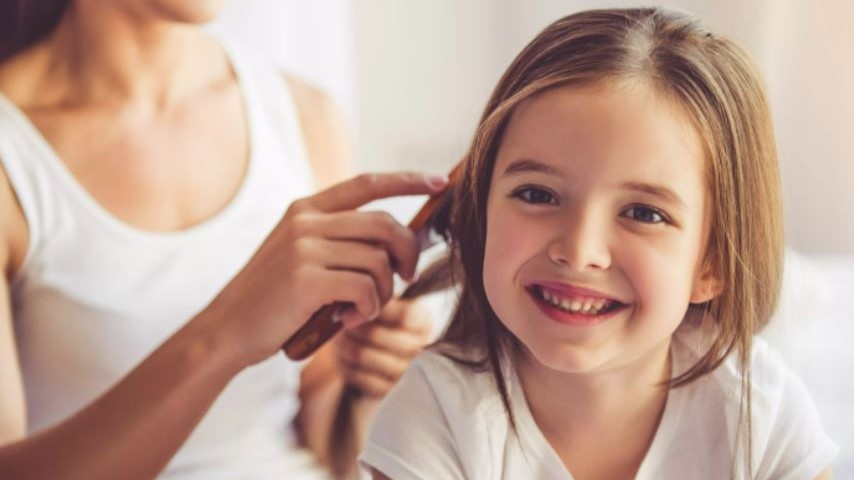What causes Cradle Cap?
Cradle cap most commonly occurs in the first three months of a baby’s life. Just when you thought you had enough to worry about as a new parent, something else is added to the list! But the good news is it can be easily treated, and the baby is likely to be unaware of the condition.
The exact cause of cradle cap is unclear, but one theory is that remains of the mother’s hormones from the pregnancy stay in the baby’s body for a few months, causing an increase in the rate of sebum production in some babies. Sebum is a waxy substance produced by the sebaceous glands, at least one located next to every hair follicle, which serves to lubricate the skin, and also the hair as it emerges from the scalp. The dead skin cells on the surface of the scalp, which would normally fall away unnoticed, become stuck together by this excess sebum, resulting in the distinctive large, yellowy scales of cradle cap. Whilst the condition is harmless, and usually goes away within a few months, it can be unsightly, and in a small percentage of cases, become infected. It is therefore a good idea to remove the scales.
How can I remove Cradle Cap?
The simplest way to remove the scales of cradle cap is by applying a little olive oil, that has first been warmed in the hands. This will help to loosen and soften the scales, which can be quite solid. A small comb can then be used to gently lift the scale away from the scalp. Ideally the olive oil will provide enough lubrication to allow the scales to slide off of the hair, but if some hair does come away, please be reassured that this will grow back, and there will be no permanent hair loss as a result. After removing the scales in this way, it is best to shampoo the baby’s hair, to wash out the olive oil, along with any remaining flakes.
Can I prevent Cradle Cap?
Cradle cap cannot be prevented from occurring, but the degree of severity may be minimised by shampooing your baby’s hair regularly with an appropriate shampoo, such as the No Scent No Colour Gentle Shampoo. This prevents the dead skin cells from being able to build up too much. Most parents give their baby a daily bath, in which case a daily hair wash can become part of the routine, but if you prefer not to give them a full bath every day, and your baby seems to be suffering from cradle cap, you can always cradle the baby in one arm, and just wash their hair over a sink. Most cases of cradle cap clear up within six months, and a baby affected by the condition is no more likely to suffer from a scalp condition in later life than a baby who is unaffected.









